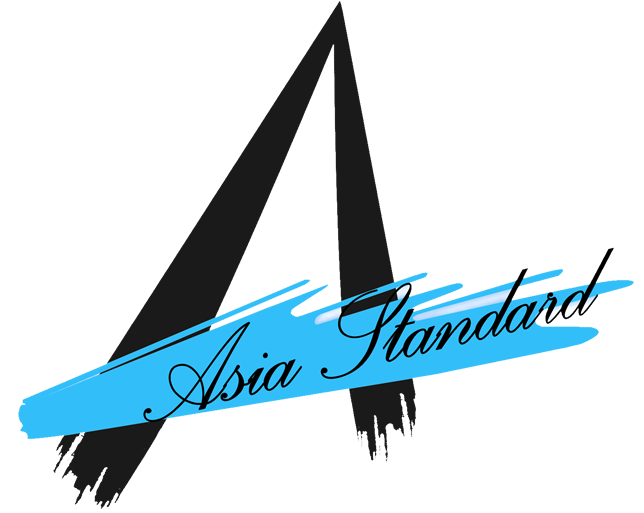Overview of UV light curable resins and their basic classification
Core reminder: UV light curing resin is a general term for polymer compounds formed by condensation polymerization of dihydric alcohol or dibasic acid or polyhydric alcohol and polybasic acid. The difference between UV light-curing resin and alkyd resin is that the raw materials of synthetic UV light-curing resin do not contain vegetable oils or fatty acids which are the main components of oils.
UV light curable resin is a general term for polymer compounds formed by condensation polymerization of dihydric alcohol or dibasic acid or polyhydric alcohol and polybasic acid. The difference between UV light-curing resin and alkyd resin is that the raw materials of synthetic UV light-curing resin do not contain vegetable oils or fatty acids which are the main components of oils.
UV light curing resins are divided into saturated UV light curing resins and unsaturated UV light curing resins.
1. Unsaturated polyester adhesives are mainly composed of unsaturated UV curing manufacturers, pigments and fillers, initiators and other additives. The adhesive has low viscosity, easy wetting, and good manufacturability. The cured adhesive layer has high hardness, good transparency, high brightness, fast curing under room temperature pressure, good heat resistance, and excellent electrical properties. The disadvantages are large shrinkage, low adhesive toughness, poor chemical resistance and water resistance, and are used in non-structural adhesives. Mainly used for gluing glass fiber reinforced plastic, hard plastic, concrete, electrical tank sealing, etc.
2. Saturated UV light-curable resin (oil-free alkyd resin) is mainly used for the production of coil coatings. Depending on the performance and structure of the resin, it can be used for the top coat, primer and back paint of coil coatings, as well as for ink and Saturated UV light-curable resin for thermal lamination coils.
